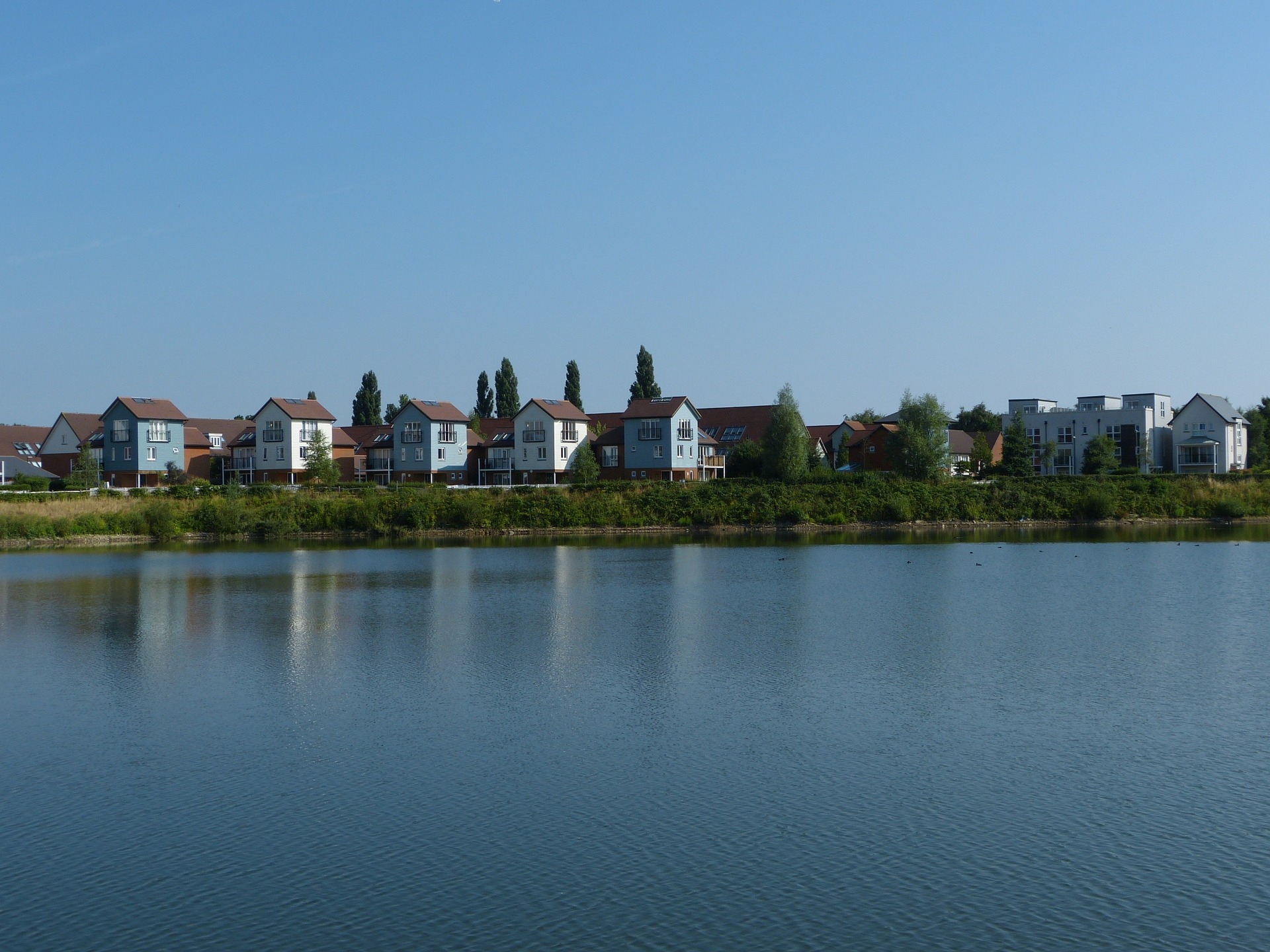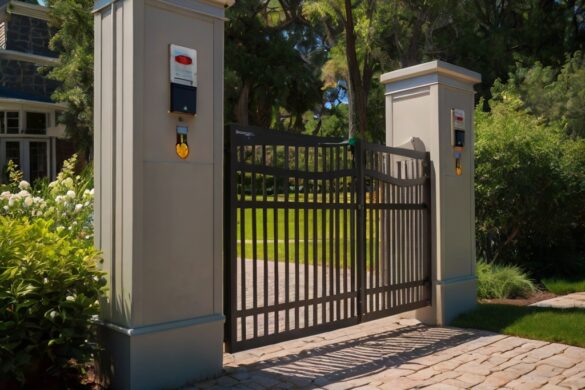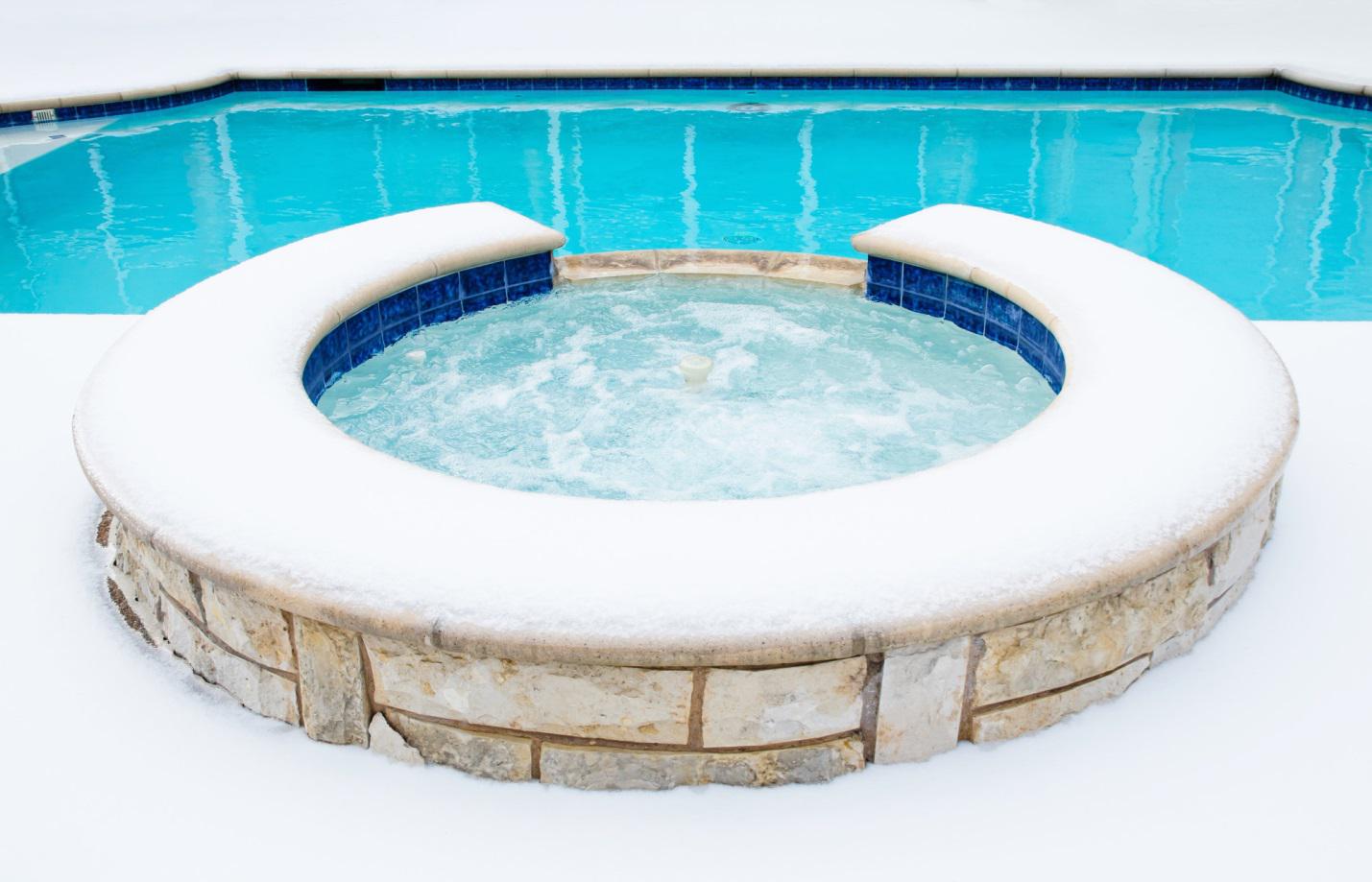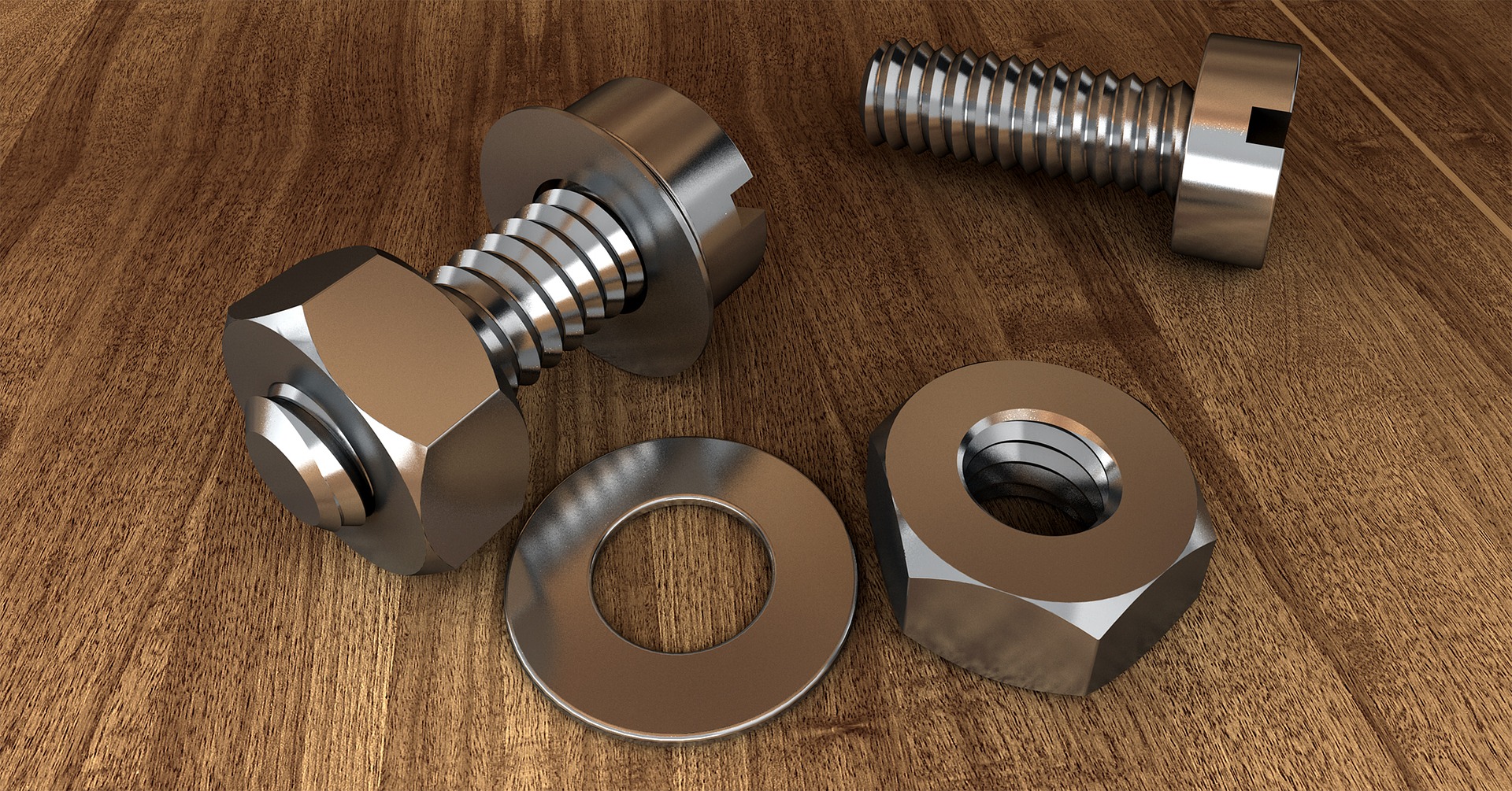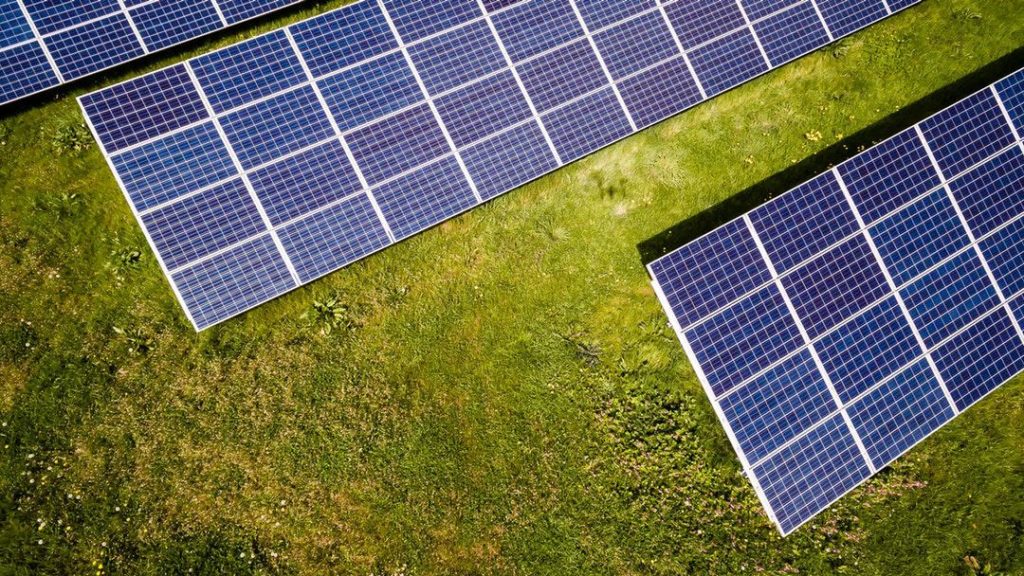
Do you like the idea of adding a solar power system to your home, but feel like you don’t know enough about it? If so, then this “Solar 101” guide is for you!
Over one million homes across the United States now run on solar energy.
Are you interested in making your house one of them? Do you want to learn more about the process and how to make the switch without breaking the bank?
If you answered yes to either of these questions, keep reading. Laid out below is your ultimate Solar 101 guide.
Here, you’ll learn everything you need to know about adding solar panels to your home.
Benefits of Going Solar
Have you found yourself wondering whether it’s worth it to invest in solar panels? If you’re on the fence, here are some benefits you might want to consider:
- Save money on your energy bills (or even eliminate them altogether)
- Take advantage of rebates and tax credits
- Increase your home’s resale value
Of course, installing solar panels is also great for the environment. With solar panels, you can combat greenhouse gas emissions and reduce your carbon footprint.
Solar 101: How to Switch to Solar Energy
Okay, you’re convinced that switching to solar might be a good idea. How do you do this, though? And how do seemingly complicated things like tax credits and net metering work?
The process of switching to solar is easier than you might initially think. Start by following these guidelines:
Consider Your Solar Potential
Your solar potential is based on a number of factors, including:
- The presence of shade trees near your home
- The age of your roof
- Neighborhood and HOA restrictions
There are lots of online tools that make it easy for you to determine whether or not your home is a good candidate for solar energy.
Assess Your Options
If your home is a good candidate, you’ll next want to consider your solar energy options. Do you want to buy a system outright? Rent? Look into community solar?
There are lots of different options, so you can find something that works with your budget and unique needs.
Compare Bids from Installers
Once you’ve determined the right solar option for you, it’s time to look for installers and get some quotes. Be sure to compare quotes from multiple installers. This will help you ensure you’re getting the best deal.
Look into Financing
It can be expensive to switch to solar panels. Luckily, there are also financing options to offset the cost. If you purchase a system outright, you’ll qualify for a 30 percent federal tax credit.
There are also charity organizations out there that help families in need pay for the cost of switching to solar.
Get Your Panels Installed
Once you do all this, you’ll be ready to get your panels installed!
At this point, you’ll work with your installer to determine how long the process will take and how soon you’ll be able to start saving on your energy bills.
Are You Interested in Switching to Solar?
As you can see, there are lots of reasons to consider making the switch to a solar-powered home.
Now that you’ve got your Solar 101 guide, you can make an informed decision about what’s best for yourself and your family.
Do you want to learn about other steps you can take to be more environmentally conscious? If so, we’ve got more resources for you.
Start by checking out this article on the environmental impact of waste sorting.



